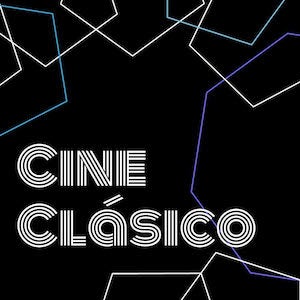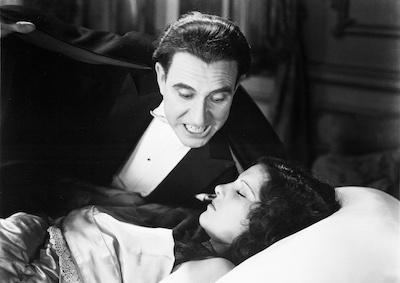Drácula
U.S., 1931
During the transition to sound production, Hollywood studios faced a dilemma: How to export English-language films to lucrative non-English speaking foreign markets. It was easy enough during the silent era—just swap out the title cards—but the spoken word presented a unique challenge. Some studios, such as Universal, chose to make multiple versions of the same film featuring the same story told with different actors speaking their native languages. The most famous example of this approach is the Spanish-language version of Dracula in 1931, not only because it survives intact after being thought lost for decades, but also because it arguably rivals—some would say exceeds—the artistry of its counterpart.
Following the same basic plot as the English-language version, George Melford directed, shooting at night on the sets used by director Tod Browning and company during the day. Carlos Villarías plays the Count here with the incomparable Lupita Tovar as Eva, the object of his infernal desire. Melford brings more creepy webs and more ominous minions to proceedings leading to a longer runtime by about 30 minutes, but even so, he moves the terror along at a quicker pace. More than a historical curio, Drácula stands on its own as an atmospheric horror classic.
DCP, b&w, in Spanish with English subtitles, 103 min. Director: George Melford. Screenwriter: Garrett Fort, B. Fernández Cué (Spanish-language adaptation). With: Carlos Villarías, Lupita Tovar, Barry Norton.
Special thanks to Guido Segal, program manager, Latin American Cinemateca of Los Angeles.
Latin American Cinemateca of Los Angeles (LACLA) is a California non-profit organization dedicated to promoting cultural exchange through film by screening classic and contemporary films from America and by U.S. Latinas and Latinos. LACLA also supports the film and media efforts of Los Angeles inner-city middle and high school students with its annual student film festival. lacla.org







 Mobile Navigation
Mobile Navigation

